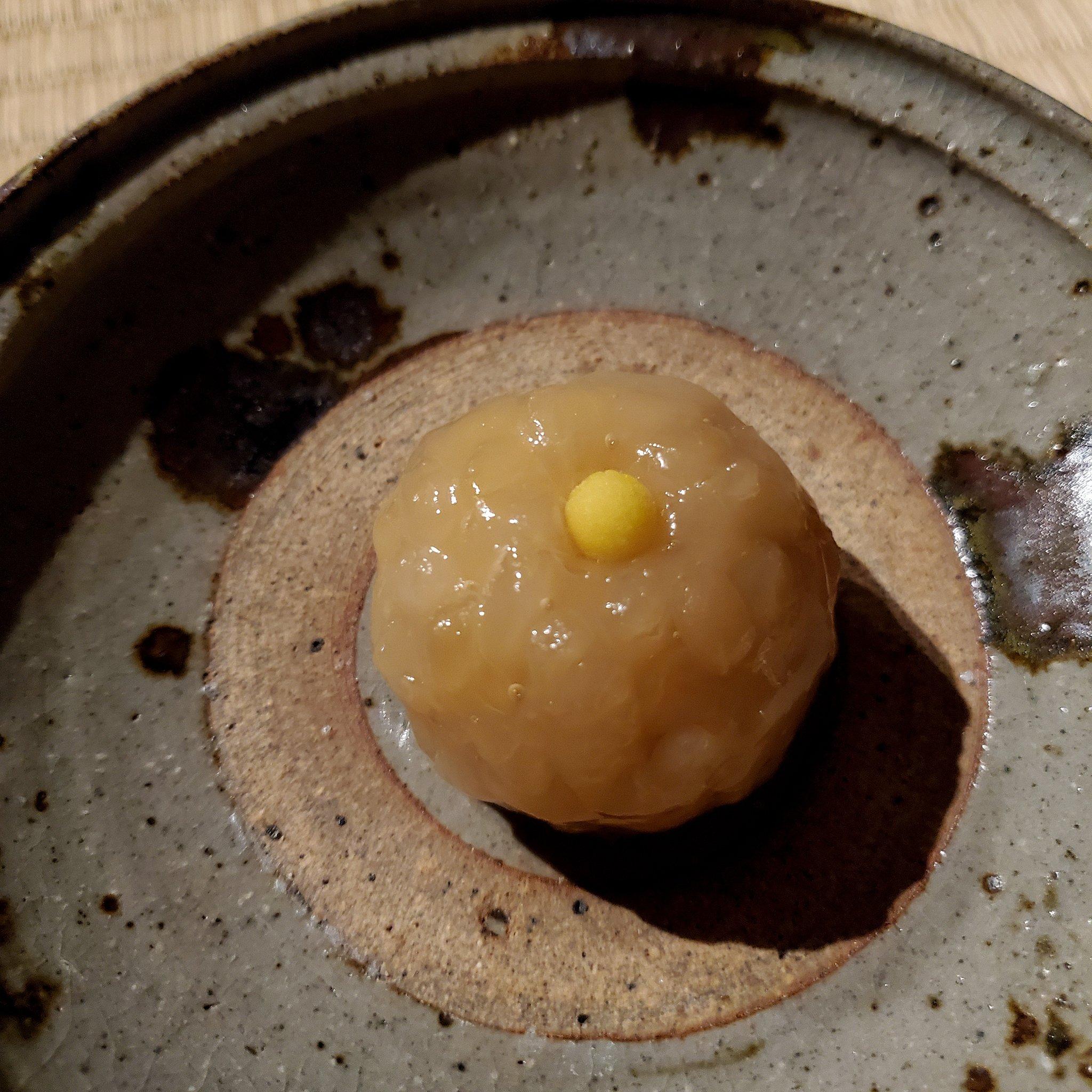
Shioyoshiken's (塩芳軒) chrysanthemum inspired 'manjū kiku' (万寿菊).
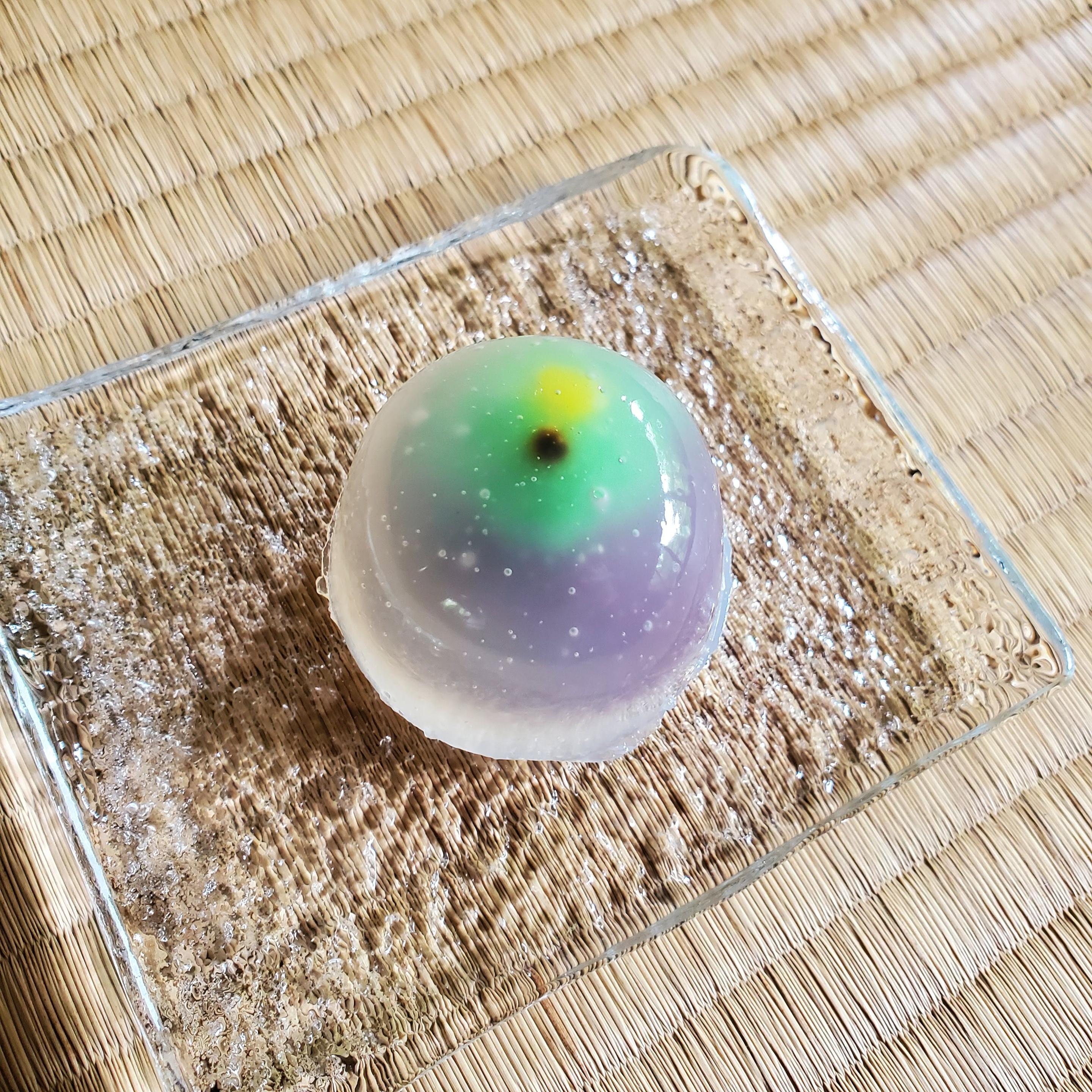
Kameya Shigehisa's (亀屋重久) 'sawabe-no-hotaru' (沢辺の蛍) uses vivid colours to depict a firefly brilliantly illuminated at dusk.

Kagijin's (かぎ甚) 'sawabe-no-hotaru' (沢辺の蛍) depicts a firefly flitting over a riverbank. The insect is cleverly made up of a single 'daitokuji nattō' (大徳寺納豆)🫘

Kagizen's (鍵善) 'Gion-bayashi' (祇園囃子) is named after the unique music of the Gion Festival. The three colours of bean paste represent the instruments used to play Gion-bayashi: a drum (太鼓), flute (笛) and gong (鉦).
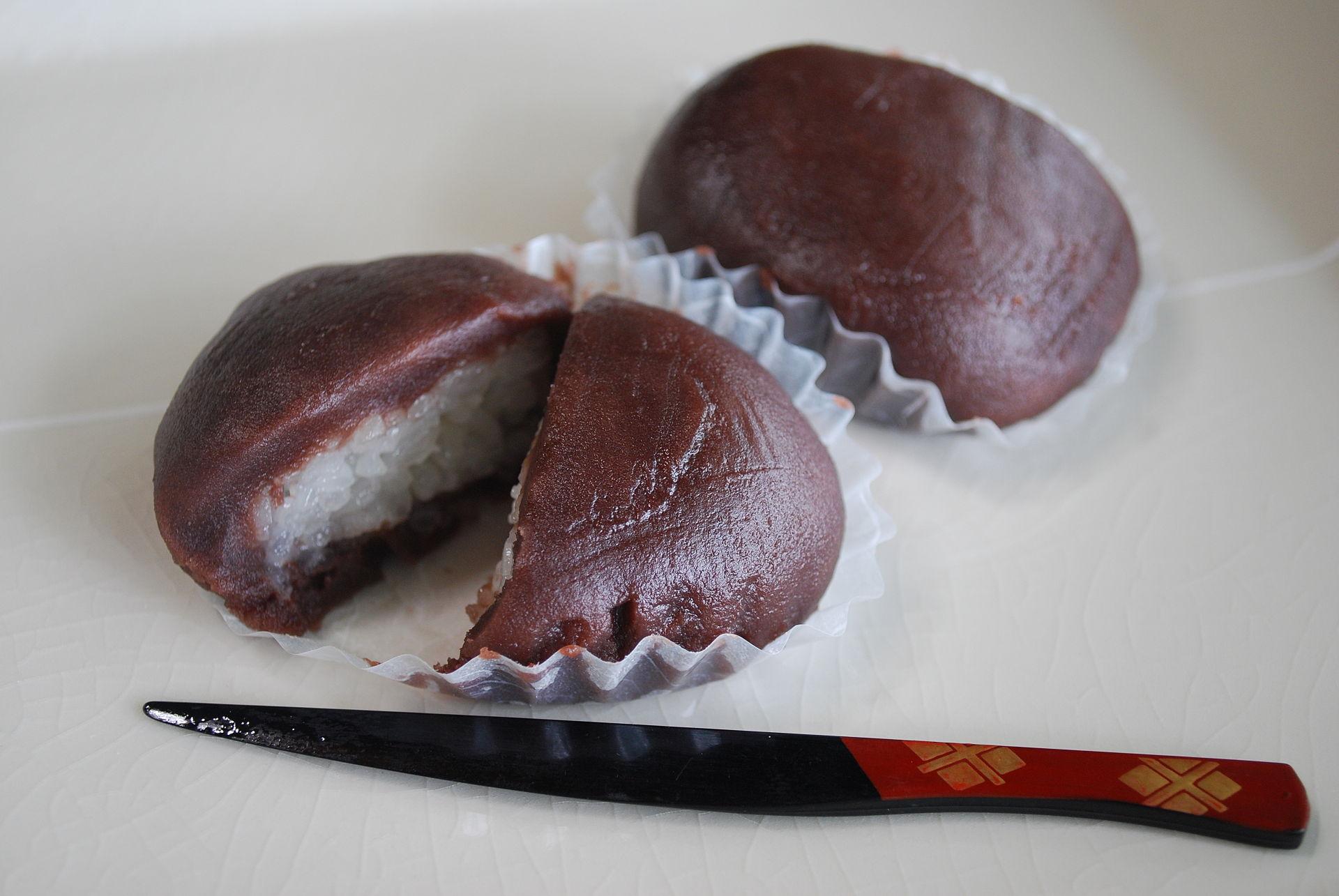
Ohagi, a sweet typically eaten around the Autumn Equinox. Bean jam covers a ball of sticky rice.
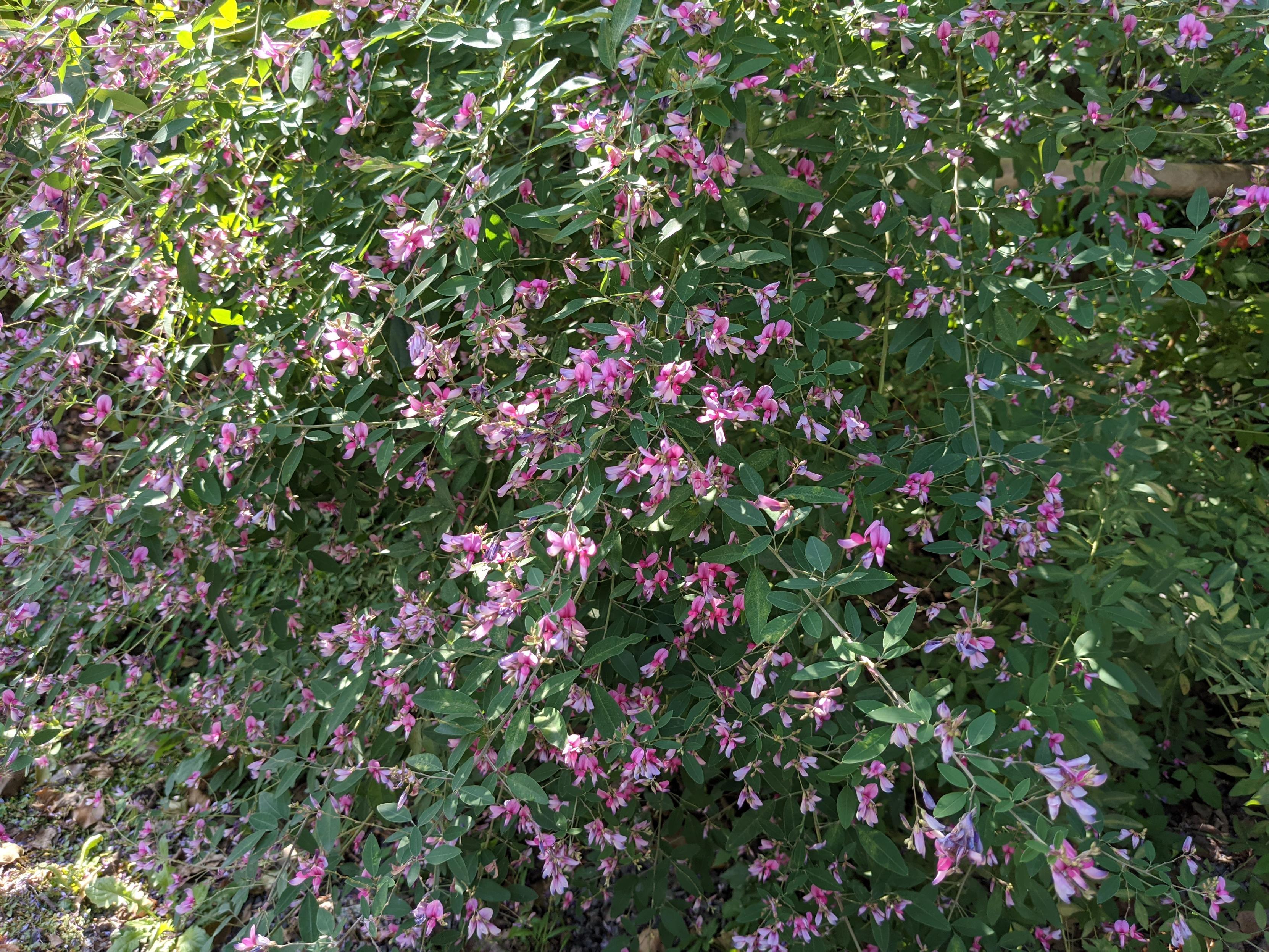
Bush clover in bloom.
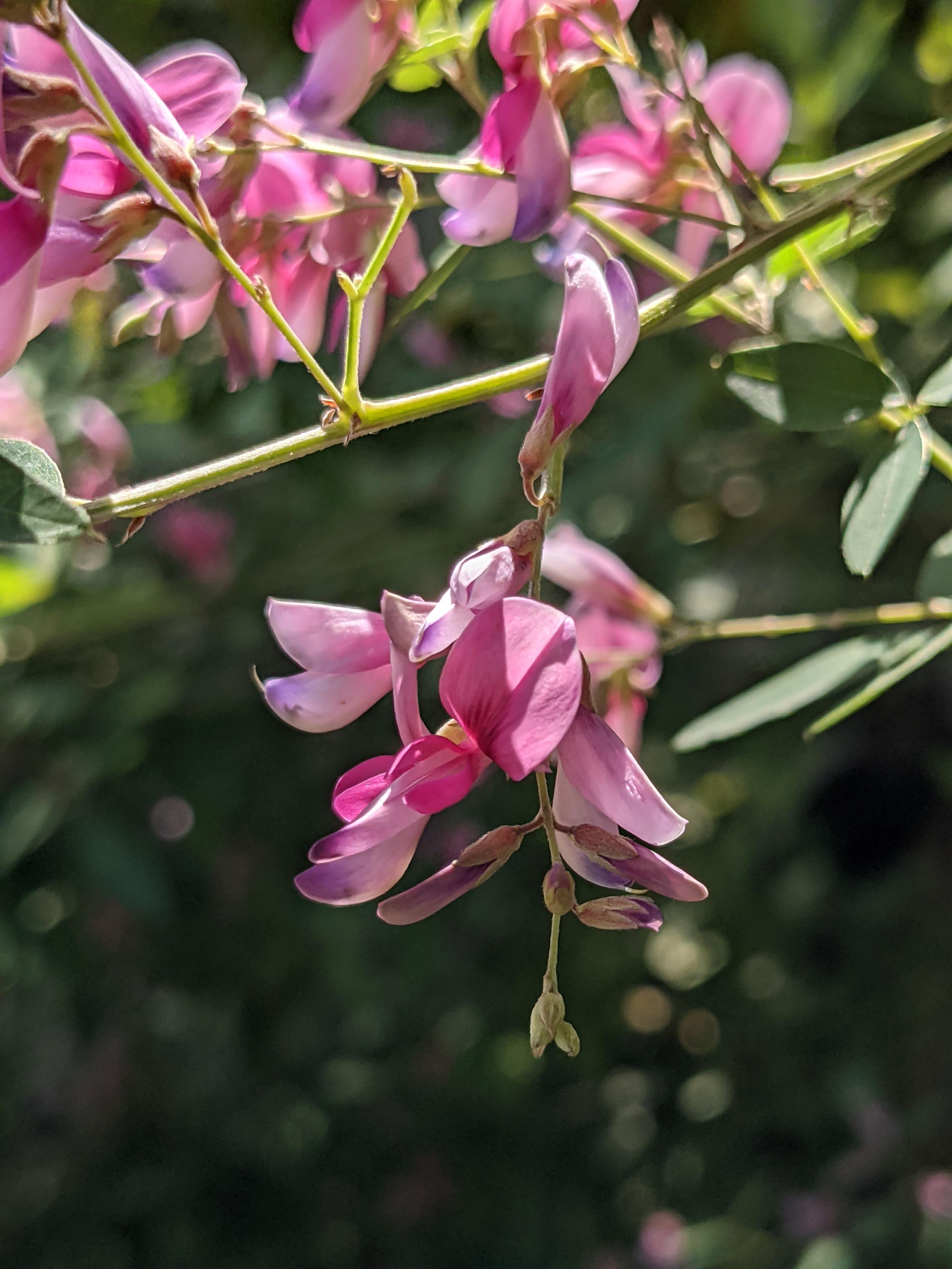
Bush clover in bloom.
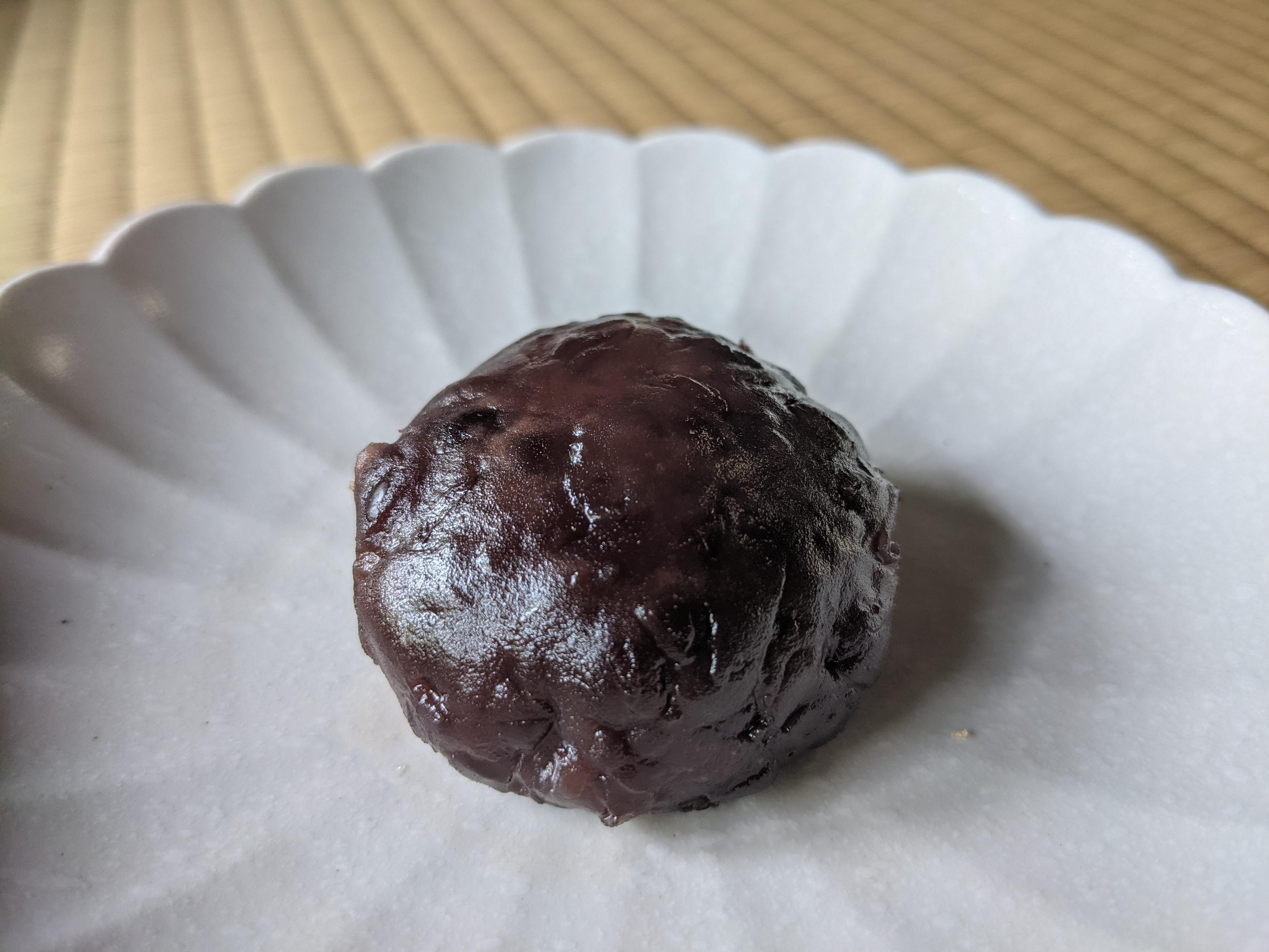
Ohagi, a sweet typically eaten around the Autumn Equinox. Bean jam covers a ball of sticky rice.